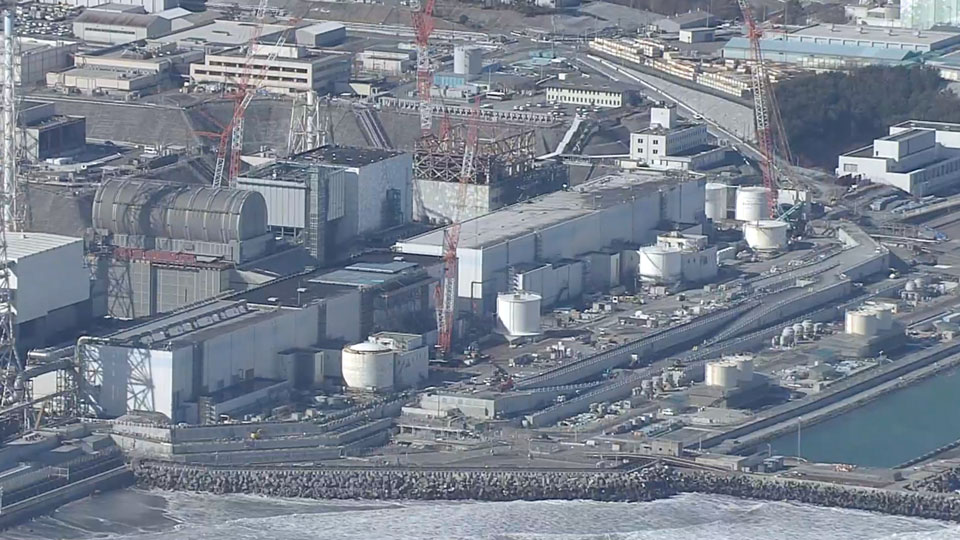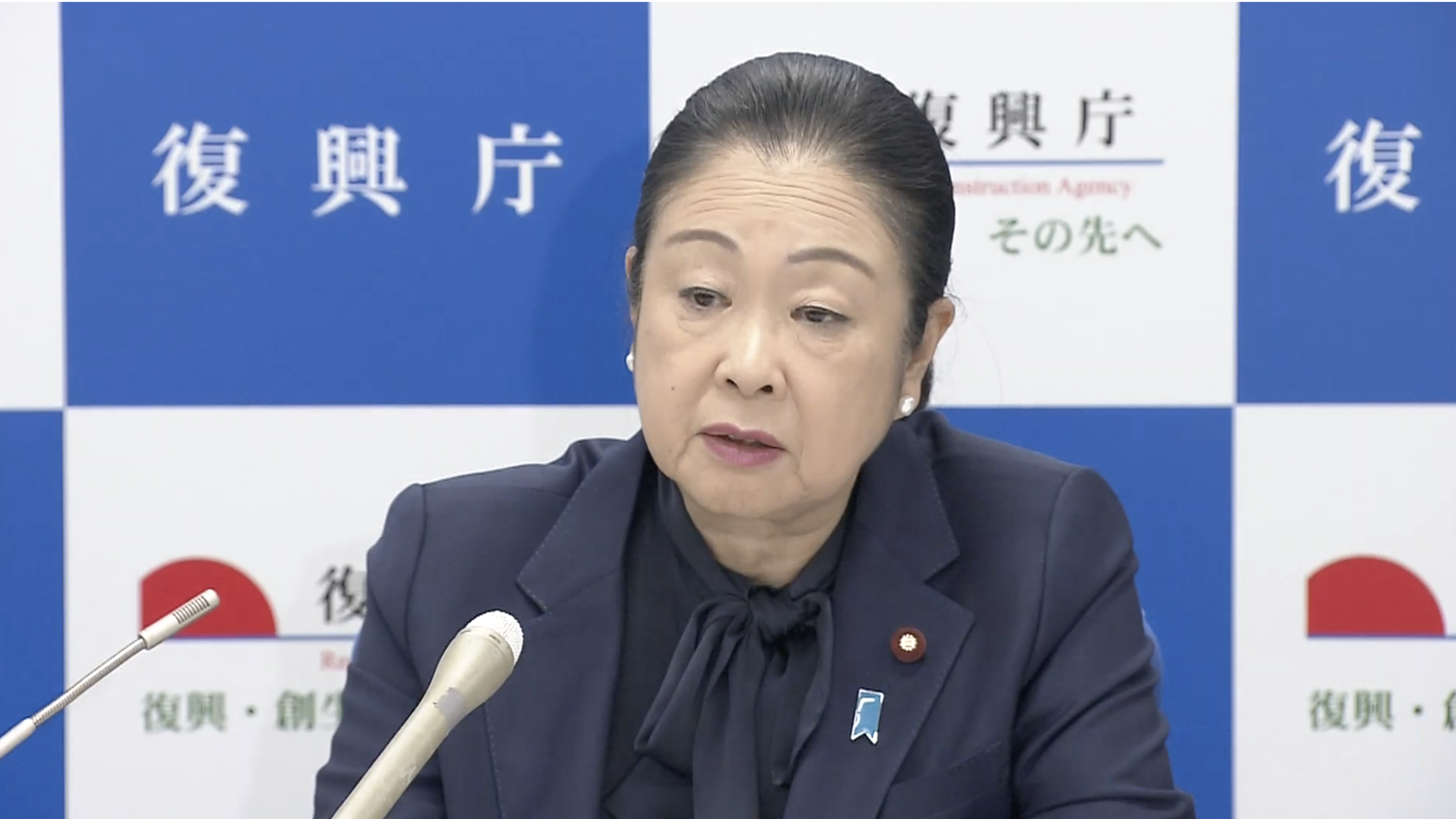2:46 p.m. March 11, 2011
A massive magnitude 9.0 earthquake struck off the coast of the northeastern Tohoku region, triggering a devastating tsunami more than 10 meters high.
A subsequent power outage at the Fukushima Daiichi nuclear power plant led to meltdowns in three reactors and the release of massive amounts of radiation. The cleanup effort will take decades to complete.

As of March 1, according to the National Police Agency, the disaster itself caused 15,900 deaths, while 2,520 people went missing.
According to the Reconstruction Agency and prefectural data, the number of disaster-related deaths increased by 10 in the past year to 3,802. The Cabinet Office defines such deaths as those caused by reasons such as worsening health in the wake of disasters rather than directly caused by the events.
Authorities say in total over 22,222 people have died or are missing.
Although the number of evacuees continues to decrease, 29,328 people remained in evacuation as of February 1.
NHK observation data
NHK journalists have been taking video footage at nearly 100 locations in Iwate, Miyagi and Fukushima prefectures for the past 13 years.
A tsunami more than 20 meters high slammed into Miyagi Prefecture's Minamisanriku Town, claiming over 800 lives. The Minamisanriku Memorial Park was built in the town's center to commemorate the victims.
Disaster reconstruction progress in Minamisanriku Town
Fukushima Prefecture's Okuma Town hosts the Fukushima Nuclear Power Plant. The shopping street in front of JR Ono Station was once the heart of the town. The evacuation order near the station was lifted in 2022, but the shopping street remains largely abandoned.
Okuma Town's shopping street
Iwate Prefecture's Kamaishi City planned to rebuild the Uogashi area's aging fish market even before the tsunami devastated it. A new fish market was completed in 2017, about five years later than originally planned. Seafood processing buildings now line nearby streets.
Uogashi fish market in Kamaishi City was destroyed by the 2011 tsunami.
Increased isolation
According to the Basic Resident Register, 35 out of the 43 municipalities in Iwate, Miyagi and Fukushima Prefectures where evacuation orders were issued have seen population drops of 10 percent or greater since the earthquake.
Evacuees in so-called disaster restoration housing are experiencing increasingly severe isolation due to aging and fewer social events.

NHK in February conducted a web-based survey of 1,000 people in the disaster area regarding the level of interactions among people over the past 13 years. More than half said "no change," 18 percent answered "a little less" and 16 percent replied "decreased."
Queried about the impact of reduced interactions, 50 percent of respondents said the town has become less attractive, 26 percent said the local disaster support system has grown weaker and 26 percent said they feel mentally isolated.
The government has dubbed the five-year period from fiscal 2021 as the second reconstruction and revitalization era. It continues to provide disaster victims with psychological support, such as mental healthcare and community building. But how to help them rebuild their lives over the long-term remains a major issue.
Reconstruction Minister: Treated water release still an issue
Reconstruction Minister Tsuchiya Shinako spoke with the press ahead of the anniversary and noted that the release of treated water from Fukushima Daiichi nuclear power plant remains an issue.

Tsucihya mentioned the suspension of Japanese seafood imports by China and other countries in the wake of the release. She said it's very important for the fishing industry, farmers and others that Japan provide accurate evidence highlighting the release's safety.
She also addressed "difficult-to-return zones," saying decontamination and infrastructure work must continue so people who want to return home can do so as soon as possible.
Tsuchiya said she remains determined to lift evacuation orders for all areas and take responsibility for reconstruction.
